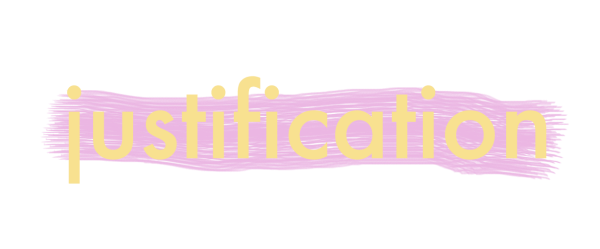
The module is aimed at stage three, year six students to help develop outcomes in science and technology and visual arts. The purpose of the module is to develop students’ achievement of the syllabus outcomes, ST3-WT, ST3-6PW & VAS3.2. Pedagogical principles have been utilised in the module to foster creativity and provide ways for students to develop their understanding of the concepts. Little Bots is the technology that is used throughout the module and allows students to utilise creativity, communication and problem-solving. A formative and summative approach to assessment is used to allow a continuous feedback cycle for teachers to assess students throughout the module.
The content develops as students are reminded about circuits and how electricity moves around in a ‘closed circuit’. The final product in the module involves the students taking the knowledge of how to use Little Bits, their knowledge of circuits and their art knowledge to create a final project. This project allows the students to manipulate their ‘guided challenge’ into their work. Papert (1986) emphasises that students undergo active learning when the activity allows the student to construct a meaningful product.
The use of direct instruction in the module in the initial stages of the module acts as a means of learning the basics of a new tool. It is an effective strategy as it provides a physical enactment of new, abstract concepts like Little Bits and circuits (Sung, Ahn, Kai & Black, 2017). By knowing how to use these tools, students can become creative without being inhibited by the lack of experience with the new tools. Sweller (2003) claims that direct instruction acts as a means for acquiring schemas and can lead to improvements in conceptual knowledge. In each lesson, schema activation like questioning and group discussions are used to produce After the initial stages of learning the basics of the tool, student-directed learning is emphasised, as students are to follow the guided challenges in their workbook and create their product.
Socratic dialogue explicitly states a positive influence of teacher’s communication skills on pupils’ achievement. In the classroom, a Socratic discussion is utilised in each lesson to (Knezic, Wubbels, Elbers & Hajer, 2010) CorneliusWhite (2007) concludes that learner-centred teacher-student relationships that promote positive relationships, non-directivity and encouragement in learning correlate with positive student outcomes.
The module promotes a formative assessment style where teachers can develop an understanding of students’ by collecting detailed information during activities. Using feedback from past tasks involving science outcomes and creative arts outcomes, the teacher asks students individual questions about the activity and sees if their responses and actions respond to the outcomes (Sadler, 1989). Students who can give appropriate self-explanations of concepts have a deeper understanding of the content; therefore, it is crucial for the teacher to constantly assess student progress to evaluate learning (Nicol & Macfarlane-Dick, 2006). From utilising formal and informal assessments, the teacher can identify the positive and negative processes and improve upon their teaching strategies (Harlen & James, 1997). The final project will be a summative assessment on their work, where their work will be assessed from a set of criteria as it reflects a more direct assessment of the students’ work (Harlen & James, 1997). The feedback received from the summative assessment acts as an identifier for students and teacher to show the gap between their actual position and their desired position (Biggs, 2998).
Throughout the module, there is a range of pedagogical strategies that are used to cater to the students’ development of outcomes. Which includes direct instruction, Socratic dialogue and utilising formative assessment within the module. The activities aim to provide students with opportunities to be creative and build upon their skills in science and visual arts.
References:
Biggs, J. (1998). Assessment and classroom learning: a role for summative assessment? Assessment in Education, Principles, Policy & Practice, 5(1), 103-110.
Harlen, W., James, M. (1997). Assessment and Learning: differences and relationships between formative and summative assessment. Assessment in Education: Principles, Policy & Practice, 4(3), 365-379.
Knezic, D., Wubbels, T., Elbers, E. & Hajer, M. (2010). The Socratic Dialogue and teacher education. Teaching and Teacher Education, 26 (4),1104-1111.
Magliaro, S. G., Lockee, B. B., & Burton, J. K. (2005). Direct instruction revisited: A key model for instructional technology. Educational Technology Research and Development 53 (4), 41-56.
Nicol, D. J., Macfarlane-Dick, D. (2006). Formative assessment and self-regulated learning: a model and seven principles of good feedback practice. Studies in higher education, 31(2) 199-218.
Papert, S. (1986). Constructionism: A new opportunity for elementary science education. Massachusetts Institute of Technology, Media Laboratory, Epistemology and Learning Group.
Sadler, D. R. (1989). Formative assessment and the design of instructional systems. Instructional Science, 18, 119-114.
Sung, W., Ahn, J. H., Kai, S. M., & Black, J. (2017, March). Effective planning strategy in robotics education: an embodied approach. In Society for Information Technology & Teacher Education International Conference (pp. 1065-1071). Association for the Advancement of Computing in Education (AACE).
Sweller, J. (2003). Evolution of human cognitive architecture. The psychology of learning and motivation, 43, 215-266.
